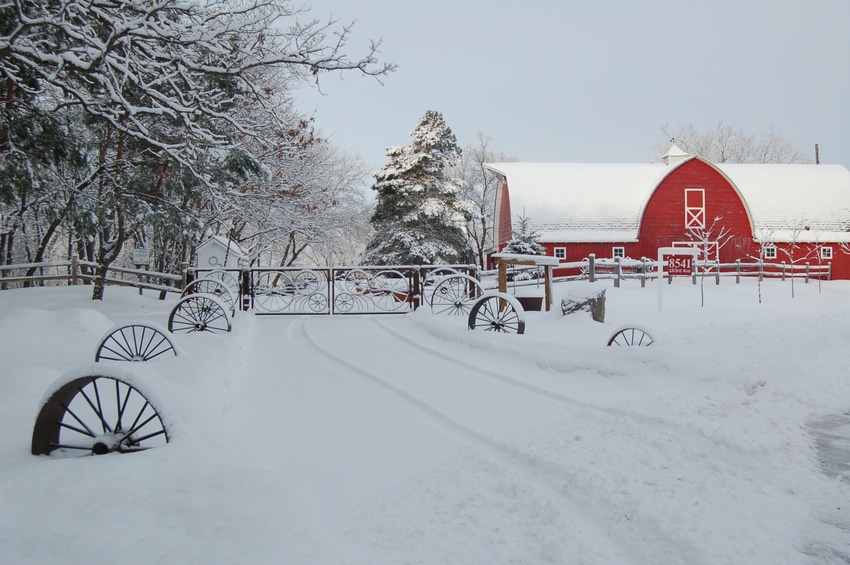December 8, 2016

In the heart of the Northern Hemisphere, in winter —during the season of long nights and short days from December through February — the day-to-day temperature pattern is very much governed by the presence or absence of snow cover on the landscape.
This has been historically true and is still true today. Abundant snow cover reflects a great deal of the sun’s energy during the day, sometimes ranging from 60% to 80%. This amplifies the settling of cold air near the surface during the nighttime hours, producing a stronger inversion layer. Thus, cold temperatures can dominate and persist for long periods of time given the presence of snow cover on Minnesota’s landscape.
This feature of our climate can be illustrated using some of the long-term climate records. I picked high-quality climate stations from two agricultural counties, Chippewa in western Minnesota and Waseca in southern Minnesota, to examine the question of how much snow cover affects average January air temperature.
In western Minnesota at Milan in Chippewa County, where daily records go back to 1893, the mean daily temperature for January, when snow cover of 3 inches or greater is present, works out to be 8 degrees F. Under conditions where snow cover is less than 3 inches, the mean daily temperature value rises to 14 degrees F, and when snow cover is just a trace or less, the mean daily January temperature is nearly 19 degrees F.
In southern Minnesota at Waseca in Waseca County, where daily temperature records go back to 1914, the mean daily temperature for January, when snow cover is 3 inches or greater, shows a value of 9 degrees F. Under conditions where snow cover is less than 3 inches, the mean daily temperature value rises to 17 degrees F, and when snow cover is just a trace or less, the mean daily January temperature is over 20 degrees F.
These differences in mean daily temperature with the presence or absence of snow cover are very significant. To further amplify this message, we can examine the extremes of daily temperature as well.
At Milan, virtually all of the record daily minimum temperature values for January have occurred with abundant snow cover present. These temperature values all range from the -20s to as cold as -38 degrees F, with the latter temperature seen Jan. 19, 1970, with 17 inches of snow on the ground.
At Waseca, all of the record daily minimum temperature values for January have occurred with abundant snow cover as well. These temperature values all range from the -20s to as cold as -37 degrees F, with the latter recorded Jan. 5, 1924, with 11 inches of snow on the ground.
Conversely, more than 75% of all the daily high maximum temperature values for January at both Milan and Waseca are associated with conditions of little or no snow cover. Under these conditions, the sun’s energy can more readily heat up the surrounding landscape.
Seeley is an Extension climatologist at the University of Minnesota.
About the Author(s)
You May Also Like




